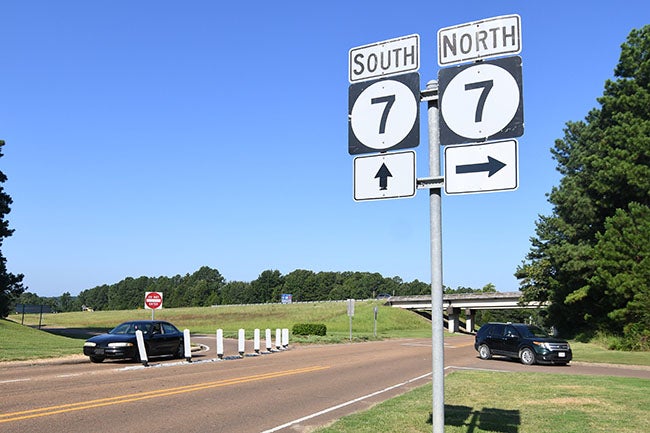Preparing for growth: Moving people around Oxford takes planning, funds
Published 6:00 am Wednesday, December 27, 2017
This is part of an ongoing series on our area’s infrastructure as Oxford and Lafayette County continues to grow.
Planning for Oxford’s future includes making sure there are enough roads to keep cars moving, making sure existing roads are safe for travel and coming up with new and creative ways to shuffle people around the city’s 16-square miles.
Building new roads is a necessity when keeping up with growth. Currently, there are two major roads being constructed in Oxford and Lafayette County that officials hope will relieve congestion on West Jackson Avenue and give people more connection opportunities to the east and northern sides of town.
Construction on the West Oxford Loop and Sisk Avenue extensions has begun, according to Oxford Public Works Director Bart Robinson.
“With the drier than normal November and early December weather, the contractors have made significant progress,” Robinson said.
The West Oxford Loop extension to College Hill Road is expected to completed in early to mid-2019 and Sisk Avenue extension to Highway 6 should be completed in late 2019 or early 2020.
The expense of building the two roads is being split equally by Oxford and Lafayette County governments with an additional $3 million that was provided by the Mississippi legislature at the request of the University of Mississippi.
The cost of the roads and water and sewer extensions along the new roads is about $17 million.
“Road construction is extremely expensive,” Robinson said. “Therefore, building new roads is a struggle for a small community.”
That struggle has become harder in recent years as state and federal funding has been drastically reduced for new roads.
City leaders are always looking at new funding options to help build new roads and upgrade existing roads and intersections.
Earlier this year, the city and county approved participating in a Tax Increment Financing bond, commonly known as a TIF, with local developers in Oxford Commons.
Construction in Oxford Commons is being stalled by the city’s ruling that only a certain amount of Certificate of Occupancy permits can be issued until improvements are made to the Highway 7 and Sisk Avenue exit.
Developers will pay for the improvements out-of-pocket. Once new construction in an 80-acre area around Oxford Commons is built, and enough sales and ad valorem taxes are collected from those new properties to cover a bond payment, the city will sell the bonds and repay the developers. The city will then repay the bond from the taxes collected from the businesses and properties built after the road improvements. No taxes from the existing tax pool will go toward the bond payment; however, the county will only be repaying the bond with ad valorem taxes collected on future construction since the county does not collect sales tax.
The preliminary plans call for three roundabouts — two at each exit off Highway 7 and Sisk Avenue and one further east on Sisk Avenue, as well as a traffic signal at Oxford Commons Boulevard.
The city, county and University of Mississippi have recently applied for Transportation Investment Generating Economic Recovery, or TIGER, grants from the U.S. Department of Transportation.
“If successful, the funds will provide some additional opportunities to disperse traffic,” Robinson said.
The university’s grant request is for a pedestrian walkway over Highway 6. The city’s participation is mainly focused on way-finding and the county’s grant request is for the completion of West Oxford Loop extension from College Hill road to the Max D. Hipp Lafayette County Industrial Park.
Robinson said the city’s new Comprehensive Plan and Zoning Ordinance, the focuses on “creating places” around Oxford will also help alleviate traffic issues.
“I have a firm belief that if the new planning practice will actually create new places, then we will have new places for people, which will further disperse traffic,” he said.
Robinson also credits the formation of the Oxford University Transit System in helping keep down traffic and wear and tear on Oxford’s roadways.
“Transit has had a major impact on city streets,” he said. “The transit system carried around 1.5 million riders last year. That is a lot of cars off the streets.”






